Lisa's presentations really hit home with our attendees. The time she took to get to know who are attendees were and what they struggled with was above and beyond and made her presentation connect with the attendees.
National Association of Rehab Providers & Agencies (NARA) Helpful 0Lisa Walden
- Co-Founder of Good Company Consulting
- Author of “Managing Millennials for Dummies” and “The Future is Human: How the Pandemic Made the Case for Human-Centric Workplaces”
- Uses unique research process to cut through the noise and pinpoint the most impactful workplace trends of the moment
- Works closely with clients to present a curated guide for truly awesome, people-first cultures
In Person-Fee 🛈
$7,500 - $10,000
Virtual Fee:
$7,500 and Under
Travels From
Minnesota
Lisa Walden Speaker Biography
Lisa X. Walden is a speaker, strategist, and consultant dedicated to helping businesses create authentic, empowering workplaces that don’t inspire the dreaded Sunday scaries. Her presentations deliver action-oriented insights that help people better connect, collaborate, and communicate.
As co-founder of Good Company Consulting, her work is centered on the (strangely revolutionary) concept that people and strategy don’t have to be mutually exclusive. She takes a holistic approach to workplace strategy, keeping human beings - arguably the most valuable resources - at front and center. Lisa Walden’s speeches focus on how to maintain thriving cultures, best-practices for mindful communication practices, and tactics for nurturing the single most important component of a healthy work environment—trust.
Walden has worked with a broad range of clients and organizations, ranging from architects, to finance, real estate, and hospitality. In her speeches, Lisa strives to inspire mindset shifts by presenting valuable, research-based insights in a way that resonates, engages, and entertains. She weaves in stories, statistics, case studies, and some good old-fashioned self-deprecating humor into each and every one of her presentations.
Lisa Walden is the co-author of Managing Millennials for Dummies and is deep in the trenches of planning her next book. She is a voracious consumer of all business-related books, podcasts, magazines, and think pieces.
THE ALCHEMY OF TRUST
Building teams that really work.
Establishing trust at work is no simple matter. People have devoted entire lives trying to pinpoint that special, almost magical alchemy behind cohesive, collaborative, and trusting teams. While every organization is different, and no two teams will be the same, there are some core concepts that can help leaders craft their own cultures of trust. In this presentation, we identify common (and sometimes surprising) barriers and break down the key ingredients required to build strong, truly trusting teams. From consistent messaging to embracing candor, to admitting vulnerabilities and extending grace, The Alchemy of Trust highlights the “why” and demystifies the “how,” all while providing actionable insights that can be implemented the very next day.
Takeaways Include:
• How to establish psychological safety so employees feel confident taking calculated, innovative risks
• Critical, sometimes counterintuitive mindsets that will create buy-in and help bridge gaps across teams
• Case studies from organizations that have figured out how to successfully build trust, be it in-person or in a virtual or hybrid setting
WHY CONNECTIONS AT WORK MATTER
Strategies to build relationships authentically.
Technology has changed the way we work, in ways both good and bad. With much of our communication shifting from face-to-face to screen-to-screen, building authentic work relationships is harder now than ever before. With study after study citing strong professional relationships as a key factor for engagement, motivation, and work satisfaction, now is the time to acquire the skills to build and maintain connections at work. In this presentation, we identify what’s getting in the way of connecting authentically at work, explore strategies to shape stronger teams, and present best practices from organizations that have discovered the secret sauce to building communities of supportive and interconnected peers.
Takeaways Include:
• How to remove barriers that prevent meaningful relationships at work
• Using a people-first approach to create a sense of belonging and appreciation
• Overcoming the need to be “perfect,” and instead, learning how to show up as your authentic self
RECLAIMING WORK: FINDING YOUR FLOW IN CHAOTIC TIMES
The workforce is struggling. Struggling to stay motivated, to prioritize tasks and remain productive, and even struggling to find the energy to just show up. With terms like brain fog, languishing, burnout, and pandemic fatigue hovering over our day-to-day, it’s no surprise that engagement is faltering and people feel like they’re scraping the bottom of the barrel. But the show must go on! And leaders are scratching their heads trying to figure out how to reinvigorate employees who are overworked and exhausted. The good news? It is actually possible to reclaim some control over how we show up at work, even in the midst of trying times. This presentation offers a path forward by presenting concrete strategies to reclaim control over focus, attention, motivation, and productivity. Through research that validates why you’re feeling the way you are and tools that can help you break through the fog, this presentation answers the question, “how can I feel motivated again?”
Takeaways include:
• Tactics to eliminate distractions and find your focus
• Tools to prioritize your workload and maximize efficiency
• Ideas to reignite your energy and help you stay motivated and on track
• Mindset shifts around how to do your best at work while being mindful of well-being
Work Reimagined: Critical Shifts for Today's Workplace
We are boldly striding into a brave new world of work. As organizations, leaders, and employees try to reconcile what it means to “return to the office,” so many questions are being asked about what this next normal should look like. Do we start from scratch? Do we go back to the way things were? Do we tackle the challenges of hybrid work? With all these questions comes all the anxiety. And while it might be tempting to return to what was familiar and comfortable before, we need to take recent lessons to heart and courageously create a work environment that serves both the organization and the humans doing the work. A workplace reimagined is one that leads with a people-first approach, proactively creates a burnout-free but productive culture, and embraces flexible policies without sacrificing the connection and collaboration of in-person work. It might feel daunting, but it is doable—and this presentation shows you how.
Takeaways:
• Framework to shift your mindset and reimagine the future of work
• The Do’s and Don’ts of returning to work
• Fresh insights on how to prevent and manage stress during change
• Techniques to spot hybrid work hazards before they happen
• Practical strategies to redesign how you motivate, engage, and lead
MAKING #HYBRIDWORK AWESOME
Best practices for a hybrid work world.
2020 and its aftermath have turned our world upside down. There is no part of our lives that has been left unchanged, and work is no exception. As we get to our “next normal” and explore what it means to create exceptional hybrid work environments, we can’t just assume that previous practices will produce similar results. With very real issues emerging—think virtual meeting fatigue, lingering pandemic burnout, lack of motivation, rising feelings of disconnection and isolation—it’s time to rethink how we approach company culture. From bringing intentionality to our communication to fostering a sense of belonging, to reimagining camaraderie and community when we’re not gathered in one physical space and place, this presentation examines what we need in order to create an awesome, energized work environment, no matter where people are working from.
Takeaways Include:
• A better understanding of the shifts needed for a truly dynamic hybrid workplace
• Practical strategies to redesign how you communicate, connect, and collaborate
• Best practices from organizations with proven awesome virtual and hybrid workplaces
Thinking Small: How Habits Can Create Balance in a Burnout World
We’re squarely into year three of the pandemic, and the prevailing feeling seems to be exhaustion, if not downright apathy. The Great Resignation, that sense of languishing, and the never-ending news cycle have caused many to move beyond pandemic fatigue and into a something almost resembling apathy. Even though we’re all very much over these “unprecedented times” and craving some more “precedented” living, the world still spins, lives still need to be led, and work still needs to get done. But there is hope! As our collective mettle continues to be tested, there are some subtle shifts in habits and mindsets that can help us navigate our current work world. In this presentation, Lisa shows the value of a “think small” mindset—one prioritizes daily habits and presence in your day-today-day. These shifts, while small, can be the difference between a frenetic, bordering-burnout lifestyle, and one where calm, intentionality, and focus reign supreme.
Takeaways include:
- Spotlight on the key factors causing overwhelm and burnout
- Strategies to help craft meaningful habits that really stick
- A look at the best habits to set boundaries and regain focus in a hybrid work environment
Think Small: Wielding The Power of Habits To Conquer Workplace Overwhelm
“How we spend our days is of course how we spend our lives.” Annie Dillard’s wise words have as much relevance today as when she first penned them. Perhaps even more so. Because whereas before, our homes were an oasis from the constant pressures of our jobs, nowadays technology and hybrid work have made professional stress almost inescapable. With work bleeding into every aspect of the day, employees are at risk of overwork, overall well-being takes a massive hit, and burnout starts to rear its ugly head. But there is hope! As we acclimate to the new world of work, there are subtle shifts in habits and mindsets that can help us navigate our new reality. In this presentation, Lisa shows the value of a “think small” mindset—one that prioritizes habit building and true presence in the day-today-day. These shifts, while small, can be the difference between a frenetic, bordering-burnout lifestyle, and one where calm, intentionality, and focus reign supreme.
Takeaways include:
- Spotlight on the key factors causing overwhelm and burnout
- Strategies to help craft meaningful habits that really stick
- A look at the best habits to set boundaries and regain focus in a hybrid work environment
*VIRTUAL-"Maintaining a Healthy Culture in the Time of COVID-19" Alt. title: Effective Communication During COVID-19
It’s hard enough to communicate effectively in the best of times. When a crisis hits, all of a sudden there’s stress, anxiety, uncertainty, and even fear added to the mix. The COVID-19 pandemic has drastically changed the way we work, connect and communicate. While the challenge to convey clarity in the chaos is very real, there are some proven strategies to help everyone at work craft clear messages with intention. Understanding the best ways to communicate in hard times like these can be the difference between a culture of isolation and misunderstanding, and one of connection, unity, and perhaps most importantly… calm.
LEADERSHIP REDEFINED: A Critical Shift for the Modern Workforce
The tides have changed, and so have perceptions about what makes for a good job, a good organization, and a good leadership methodology. So why is it that so many leaders continue to operate with a workplace ethos that just isn't resonating in our modern working world? Those that aren’t adapting to the new rules of the game are facing an environment rife with frustrated employees, high attrition rates, and broken lines of communication... not to mention a pipeline of talent that will quickly dry up without some much-needed change.
Through this presentation, Lisa makes the case for why the new leadership mindset shift is critical and explores how the best in the biz are embracing transformation and choosing…
- Trust and transparency over strict rules and regulation
- Radical candor over formal, diplomatic messaging
- Listening to understand over listening to respond
- People and empathy over dollars and cents
Who is this for? Executives, leaders, and entrepreneurs.
COMMUNICATING SO PEOPLE CAN HEAR YOU
In today's workplace culture, the loudest voice in the room is the one that gets heard. In meetings, the employee that can articulate their thoughts fastest is labeled a rock star. In digital communication, one person groans at the sight of a text message while another cringes when listening to voicemail. Just like that, your message can be misinterpreted, and then you’re falling behind, getting passed over for promotions, and worst of all, becoming frustrated with your fellow colleagues, managers, or leaders. Expert communicator, speaker, and storyteller Lisa breaks down how people at all levels can communicate more effectively so that everyone’s voice is heard and nothing gets lost in translation.
Takeaways include:
- How to use empathetic communication and active listening techniques that will fundamentally change the way you communicate
- Awareness of the most prevalent communication mishaps in the workplace, and how to overcome them
- Concrete strategies that will allow you to deliver messages clearly, and in a way that resonates
Who is this for? Leaders, managers, new hires, and everyone in between.
CREATING A WORKPLACE THAT DOESN'T SUCK
Everyone deserves an amazing place to work... so why do so many people dread getting out of bed in the morning? We’ve embraced future-focused, cutting-edge tools to revolutionize how we work, but have let ideas about company culture evolve at a snail’s pace. With organizational strategies better-suited to the last century, it’s no wonder that so many employees are struck by a case of the Sunday scaries. Lisa’s presentation aims to shed light on strategies that actually matter for not only today’s workforce, but the workforce of the future. She’ll challenge the way you think about culture, communication, work ethic, and trust so that no matter your level, whether you’re a new hire or a mid-level manager, a senior executive or a front-line employee, you can learn how to create a workplace that works (and doesn’t suck).
Takeaways include:
- Mindset-shifting insights on the future of work and how to stay competitive in a continuously shifting landscape
- A fresh perspective on work culture that challenges the way things “should be done”
- Best-practices from organizations with proven awesome workplaces, and how you can adapt their strategies for your workplace
Who is this for? Leaders, managers, new hires and everyone in between.
How Gen Z is Shaping the Future of Work
In a very real way, Generation Z is seeing the world differently than any generation that’s come before. And while they’re often lumped in with Millennials, Gen Z—born 1996 to 2010—has emerged as a distinct cohort that’s shifting the workplace in profound ways. These are true digital natives who were raised by skeptical and independent Generation Xers. Never having known a time without the internet, Gen Z is unsurprisingly resetting expectations for communication, engagement, and motivation at work. From ghosting to Facetuning to Bitmoji resumes, this presentation takes you into the Gen Z mindset, the ways they may shift the future of work, and how you can adapt to meet the changing tides.
Takeaways:
• Gain strategies to recruit and retain the youngest generation at work
• Learn why the human element will be even more critical for engaging these digital natives
• Deep understanding of the why behind the what of Gen Z behavior and motivation
• Tools to navigate the most current and critical workplace trends
Connecting Across Generations
We are living in the golden age of technology. With options to connect that include texting, calling, emailing, IMing, DMing, it should be a breeze to get your message heard. But add five generations into the mix and the fact that we’re all strapped for time, and you have the perfect recipe for miscommunication and messages getting lost in translation. What one generation perceives as rude and unprofessional can be seen as kind and relatable to another. These misunderstandings can seriously impact team dynamics, peer relationships, and—ultimately—the bottom line. Learning how many emojis or exclamation points are OK to use is only a small part of the solution; it’s equally critical to learn how to build authentic connections, listen to one another, and respond respectfully. This presentation will explore not only how we connect differently, but why.
Takeaways:
• Decrypting every generation’s potential miscommunications, and how to prevent them before they occur
• Best practices for balancing technology use with day-to-day interactions
• Identifying the potential areas for disconnect across generations
• Spotlight on how Gen Z influences communication at work
Gen Z and Millennials: The Subtweet No One’s Talking About
It’s a story often told: a new generation enters the workplace and every other generation grapples with how to understand and connect with the unknown factor on their teams. For the past fifteen years, this tale has focused on the over-researched Millennials, and while some might prefer to unsubscribe from the generational conversation (especially Millennials themselves), Generation Z’s presence is cause for a reboot. Because much to everyone’s surprise, they are proving to behave, communicate, and engage in stark contrast to their predecessors. Who’s feeling that pain the most? Millennials. From how each generation was raised, to how they collaborate, what they expect for work-life balance, and how they prefer manager-managee relationships… the potential for conflict is high. This presentation makes sense of the change so everyone can work together seamlessly as their most authentic selves.
Takeaways:
• The truth about how similar Gen Z and Millennials are (or aren’t)
• Tools for Millennial managers to engage Gen Z
• Communication tactics for Gen Z to manage their Millennial managers
• Analysis of the latest generational trends impacting the workplace


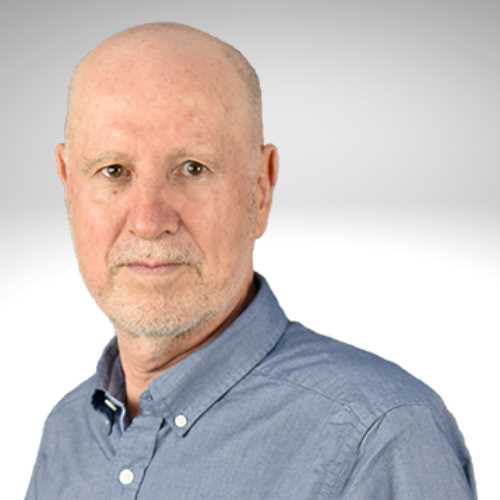
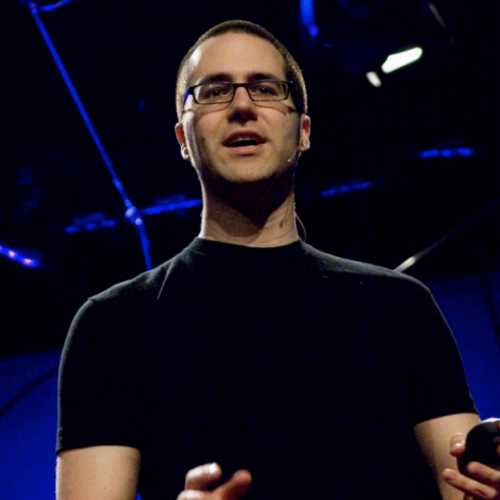
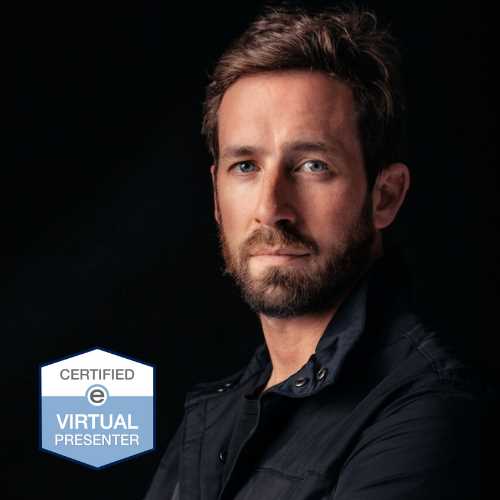

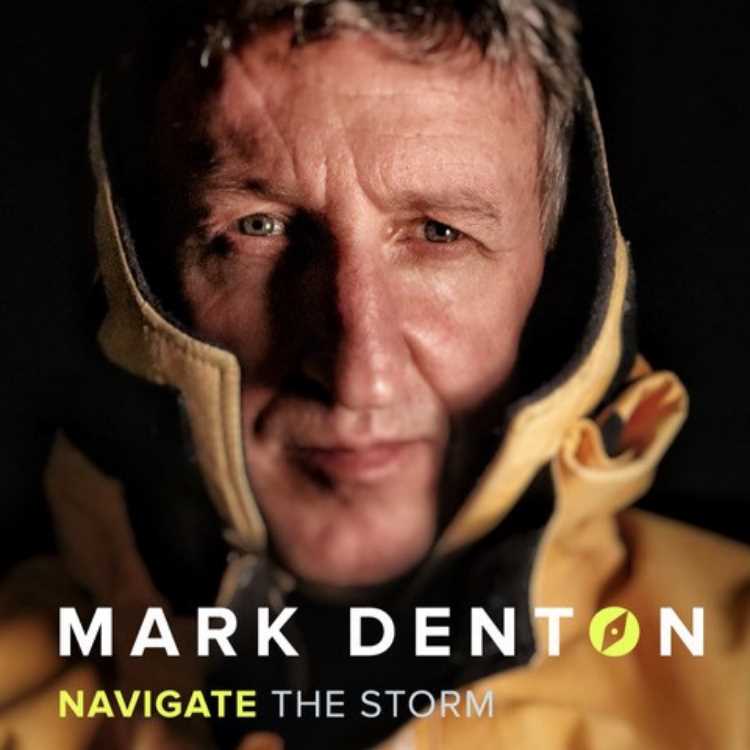
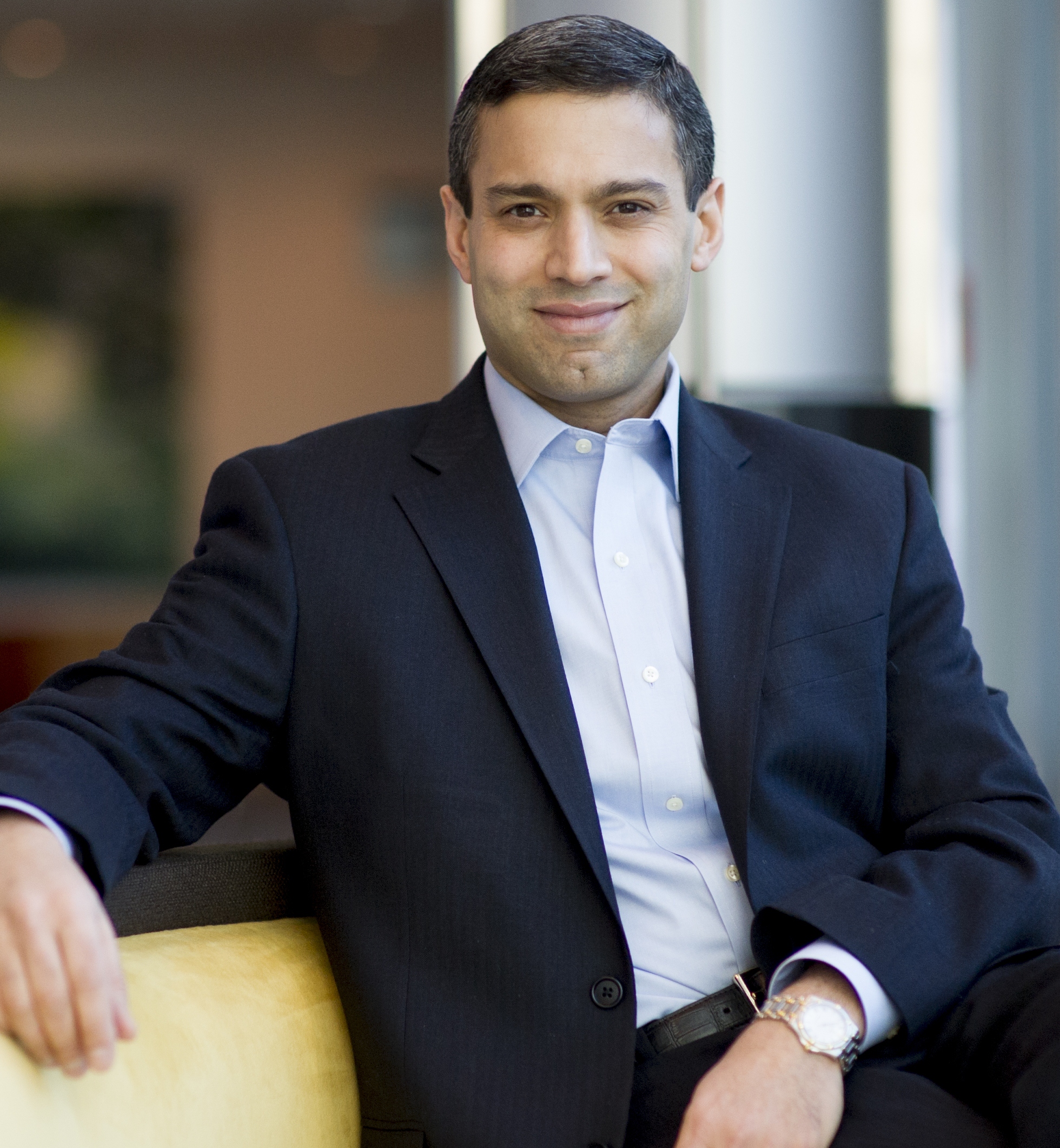
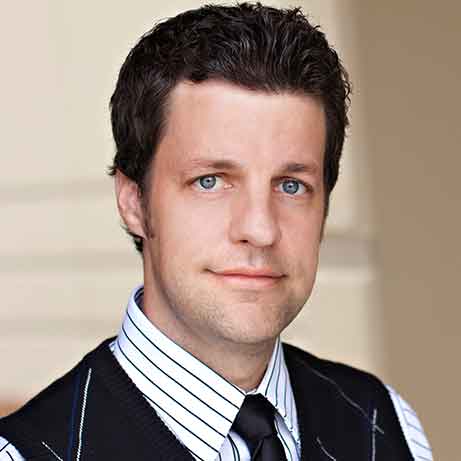

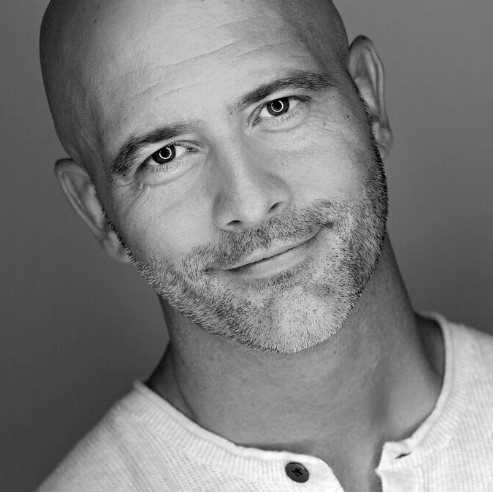
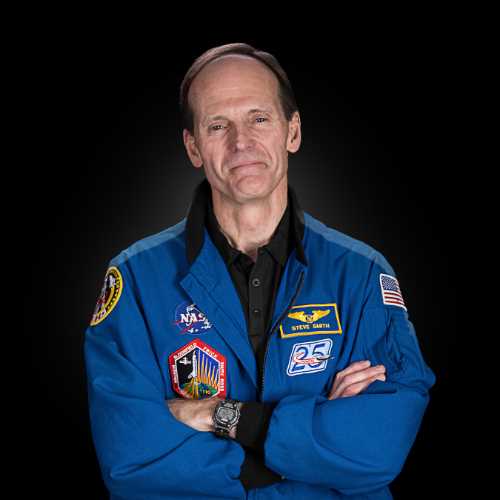

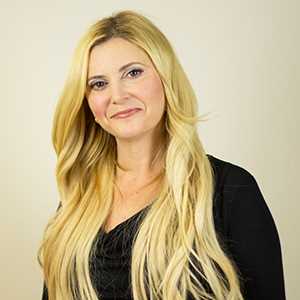
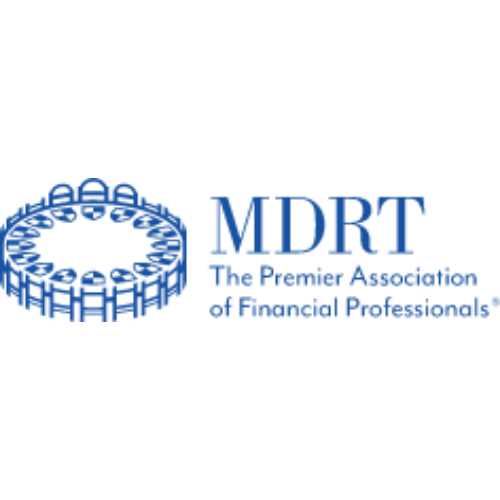

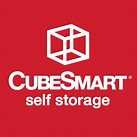
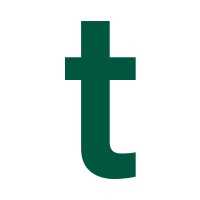


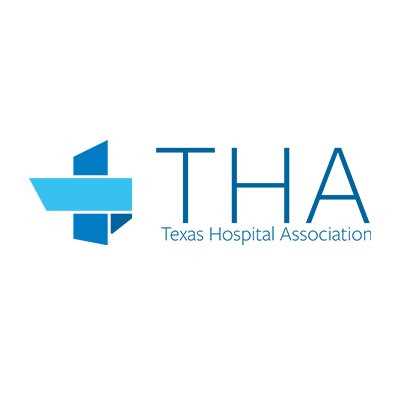

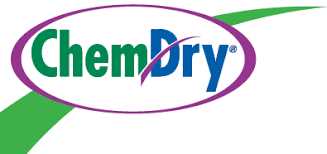
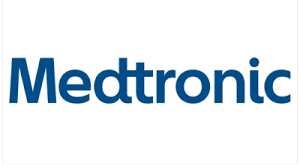

August 16, 2022